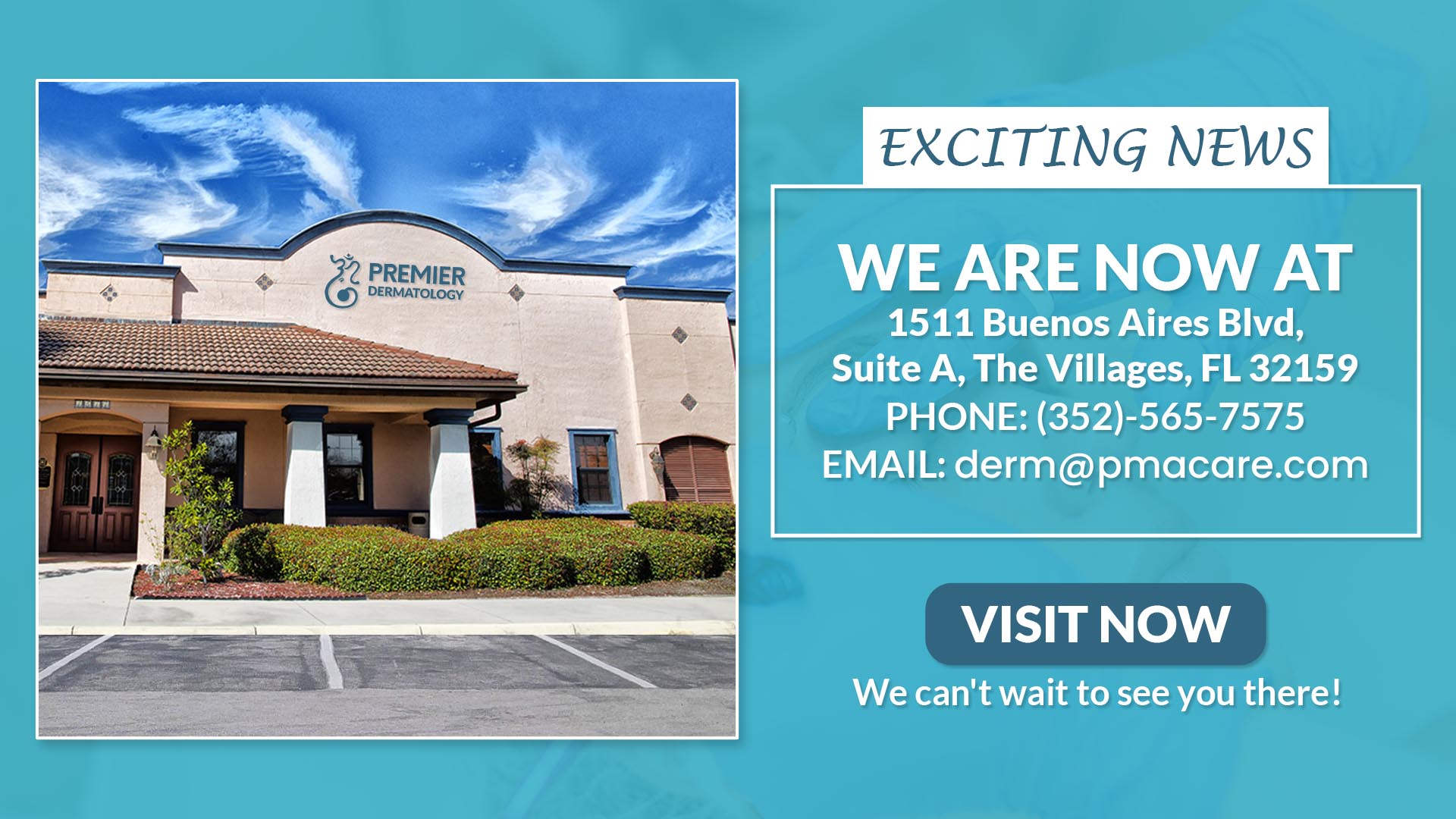Warts are a common skin condition caused by the human papillomavirus (HPV). These benign growths can appear on various parts of the body and are typically harmless, though they may cause discomfort or embarrassment depending on their location. Warts can affect people of all ages but are more prevalent in children and individuals with weakened immune systems. This comprehensive guide explores the causes, types, symptoms, and treatments for warts, helping you understand how to manage and prevent them.
What Are Warts?
Warts are non-cancerous skin growths that develop when HPV infects the top layer of the skin. The virus enters the body through tiny cuts or breaks in the skin, leading to rapid cell growth on the outer layer. Warts are contagious and can spread through direct contact with an infected person or contaminated surfaces.
Causes of Warts
The primary cause of warts is infection with certain strains of HPV. There are over 100 types of HPV, but only a few strains cause warts. Factors that increase the risk of developing warts include:
- Weakened Immune System: Individuals with compromised immunity (e.g., due to illness or medications) are more susceptible.
- Skin Trauma: Cuts, scrapes, or other breaks in the skin provide an entry point for the virus.
- Direct Contact: Touching a wart on someone else’s skin or sharing personal items like towels or razors can spread HPV.
- Moist Environments: Walking barefoot in public showers, pools, or locker rooms increases exposure to HPV.
Types of Warts
Warts come in various forms depending on their location and appearance:
1. Common Warts (Verruca Vulgaris)
- Appear as rough, raised bumps with a cauliflower-like texture.
- Often found on the hands, fingers, knees, and elbows.
- May have black dots (clotted blood vessels) on their surface.
2. Plantar Warts
- Develop on the soles of the feet due to pressure from walking or standing.
- Often grow inward and may cause pain when walking.
- Appear as thickened patches of skin with tiny black dots.
3. Flat Warts (Verruca Plana)
- Small, smooth, flat-topped growths that are slightly raised above the skin.
- Commonly found on the face, neck, hands, or legs.
- Often occur in clusters.
4. Filiform Warts
- Long, thin growths that resemble threads or fingers.
- Typically appear around the mouth, nose, eyes, or neck.
5. Periungual Warts
- Develop around fingernails or toenails.
- May cause pain or interfere with nail growth if left untreated.
Symptoms of Warts
The symptoms of warts vary depending on their type but commonly include:
- Small bumps or growths on the skin with a rough texture.
- Discoloration (may appear flesh-colored, white, pink, or brown).
- Black dots (clotted blood vessels) visible within the wart.
- Pain or tenderness in plantar warts due to pressure while walking.
- Clusters of multiple warts in some cases.
While most warts are painless, those located on weight-bearing areas like the feet can cause discomfort.
Diagnosing Warts
Warts are usually diagnosed through a physical examination by a dermatologist. In rare cases where the diagnosis is uncertain:
- A dermatoscope may be used to examine the wart’s surface more closely.
- A biopsy may be performed to rule out other skin conditions if necessary.
Treatment Options for Warts
While many warts resolve on their own within months or years as the immune system clears the virus, some may persist and require treatment for cosmetic reasons or to relieve discomfort.
1. Over-the-Counter Treatments
Over-the-counter remedies are often effective for common and plantar warts:
- Salicylic Acid: Available as gels, pads, or liquids; works by softening and peeling away layers of infected skin over time.
- Apply daily after soaking the wart in warm water to enhance effectiveness.
- Cryotherapy Kits: Home freezing kits use liquid nitrogen to destroy wart tissue.
2. Prescription Medications
For stubborn warts that do not respond to OTC treatments:
- Cantharidin: A topical solution applied by a dermatologist; causes blistering beneath the wart to lift it off the skin.
- Imiquimod Cream: Stimulates the immune system to attack HPV-infected cells; often used for genital warts but may help other types as well.
3. In-Office Procedures
Dermatologists offer advanced treatments for persistent or painful warts:
- Cryotherapy (Freezing): Liquid nitrogen is applied to freeze and destroy wart tissue; multiple sessions may be needed.
- Electrosurgery and Curettage: The wart is burned off using an electric current before being scraped away with a curette.
- Laser Therapy: High-intensity light destroys wart tissue; effective for hard-to-treat cases like plantar warts.
- Surgical Excision: The wart is surgically removed under local anesthesia; reserved for severe cases.
4. Immunotherapy
For recurrent warts resistant to other treatments:
- Injecting antigens like candida extract into the wart stimulates an immune response against HPV.
- Topical immunotherapy agents like diphencyprone (DPCP) trigger localized inflammation to target infected cells.
Home Remedies for Warts
Some individuals find relief using natural remedies alongside medical treatments:
- Apply duct tape over the wart for several days to suffocate it; remove and file down dead tissue before reapplying.
- Rub crushed garlic onto the wart daily as garlic has antiviral properties.
- Use apple cider vinegar as a soak or compress; its acidity may help break down infected tissue.
While these remedies lack strong scientific evidence, they are generally safe when used cautiously.
Preventing Warts
Preventive measures can reduce your risk of developing or spreading warts:
- Avoid direct contact with someone else’s warts or shared personal items like towels.
- Wear flip-flops in public showers, locker rooms, and pool areas to minimize exposure to HPV.
- Keep hands and feet clean and dry; moisture creates an ideal environment for HPV.
- Avoid picking at existing warts as this can spread the virus to other parts of your body.
- Boost your immune system through a healthy diet, regular exercise, and adequate sleep.
When to See a Doctor
You should consult a dermatologist if:
- The wart causes pain or interferes with daily activities (e.g., walking).
- It spreads rapidly or clusters into multiple growths.
- Over-the-counter treatments fail after several weeks of consistent use.
- The wart changes in color, shape, size, or appearance—this could indicate another condition requiring immediate attention.
Conclusion
Warts are a common yet manageable skin condition caused by HPV infection. While many resolve naturally over time, persistent warts can be treated effectively through over-the-counter remedies, prescription medications, or professional dermatological procedures like cryotherapy and laser therapy.By understanding their causes and taking preventive measures—such as maintaining good hygiene and avoiding direct contact with infected surfaces—you can reduce your risk of developing warts while ensuring your skin remains healthy and blemish-free! If you’re struggling with stubborn warts that don’t respond to home treatments, seeking professional care ensures timely relief tailored specifically to your needs!



